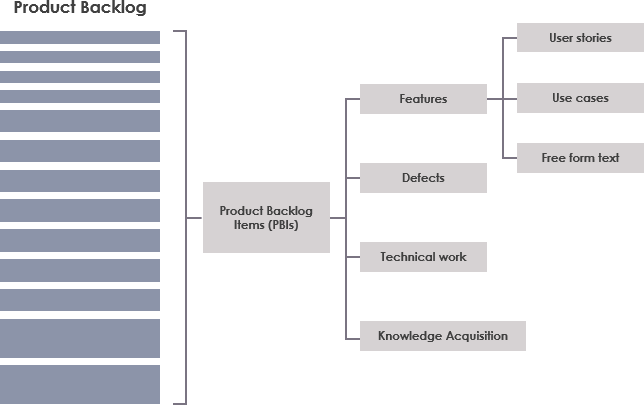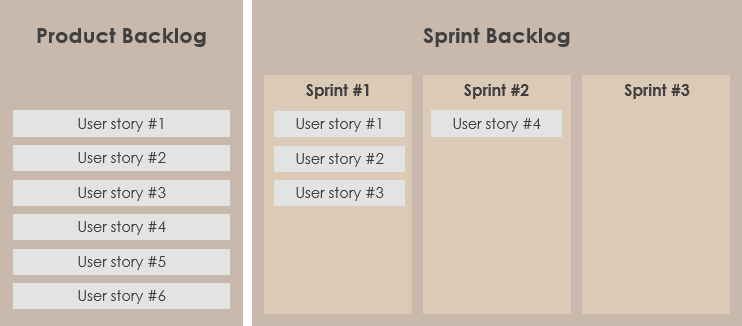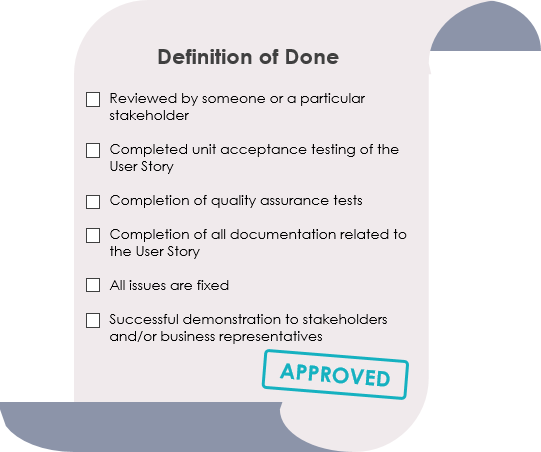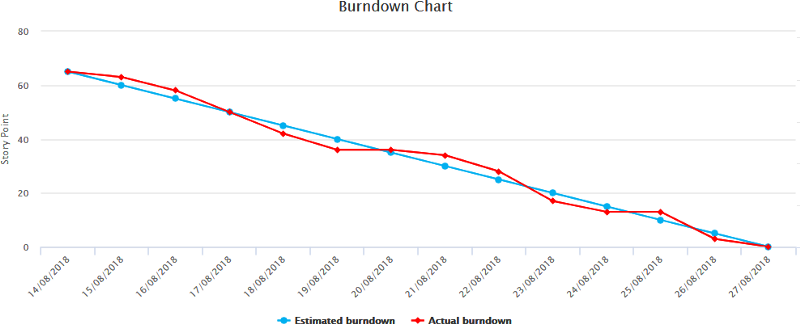What are Scrum Artifacts?
Scrum artifacts provide critical information that the Scrum team and stakeholders need to know in order to understand the product being developed, the activities being planned, and the activities being completed in the project. The following artifacts are defined in the Scrum Process Framework.
- Product Vision
- Sprint Goal
- Product Backlog
- Sprint Backlog
- Definition of Done
- Burn-Down Chart
- Increment
- Other required artifacts…
Product vision
A product vision is an artifact that defines the long-term goals of the project/product. It sets the overall direction and guides the Scrum team. Everyone should be able to remember the product vision; Therefore, it must be short and precise.
The sprint goal
Sprint goals help focus the sprint. It is achieved during the Sprint by implementing forecasted product backlog items, and it provides guidance to the development team as to why product increments should be built.
According to the Scrum guide, the responsibility for setting Sprint goals belongs to the Scrum team. However, it is of interest to the product owner to support this process by setting clear business goals for the upcoming Sprint, which can also make sorting the product backlog easier by providing focus.

Generally, the demand for products is constantly changing, that is, the change of business demand, market conditions or technology. Therefore, the product backlog is constantly updated to reflect the most useful needs of the product for the target users.
sprint backlog
Sprint backlog is a set of product backlog items selected for sprint, plus plans to deliver product increments and achieve sprint goals. The sprint backlog is the development team’s forecast of the functionality in the next increment and the work required to deliver it. The sprint backlog defines what the development team will do to convert product backlog items into “done” increments. The sprint backlog makes visible all the work that the development team determines is necessary to achieve the sprint goals.

Definition of Done
Each product backlog project has acceptance criteria that measure what requirements must be met when the project is declared. Many standards apply to all or many product backlog projects. It turns out that gathering these standards in one place (DOD) does not mean repeatedly defining the standards in each project. Thus, the definition of done is a common understanding of what work completion means to the Scrum team. It usually includes quality standards, limitations, and overall non-functional requirements.
Here are some examples:

Increment
The Increment is the sum of all the Product Backlog items completed during a Sprint and all previous Sprints.
At the end of a Sprint, the new Increment must be “Done,” which means:
- It must meet the Scrum Team’s Definition of “Done.”
- It must be in usable condition regardless of whether the Product Owner decides to actually release it.
The Burndown Chart
Burndown charts are graphs that give an overview of progress over time while completing a project. As tasks are completed, the graph “burns down” to zero. It is used as a tool to guide the development team to a successful completion of a Sprint on time with a working final product. If a team decides they have moved more objectives than possible for completion from the Product Backlog to the Sprint Backlog, the Burndown Chart can aid them is ascertaining which tasks they are not realistically able to complete so that these task can be moved back to the Product Backlog.
The following sprint burndown chart is displayed showing remaining tasks in the sprint backlog. Updated every day, it gives a simple view of the sprint progress. It also provides quick visualizations for reference.





